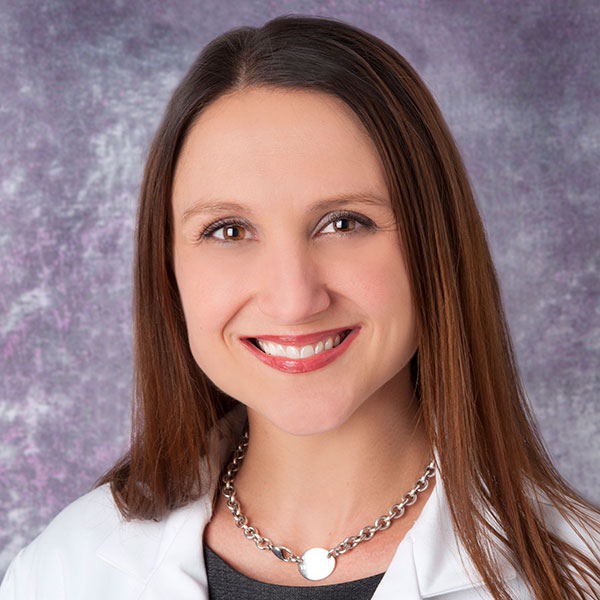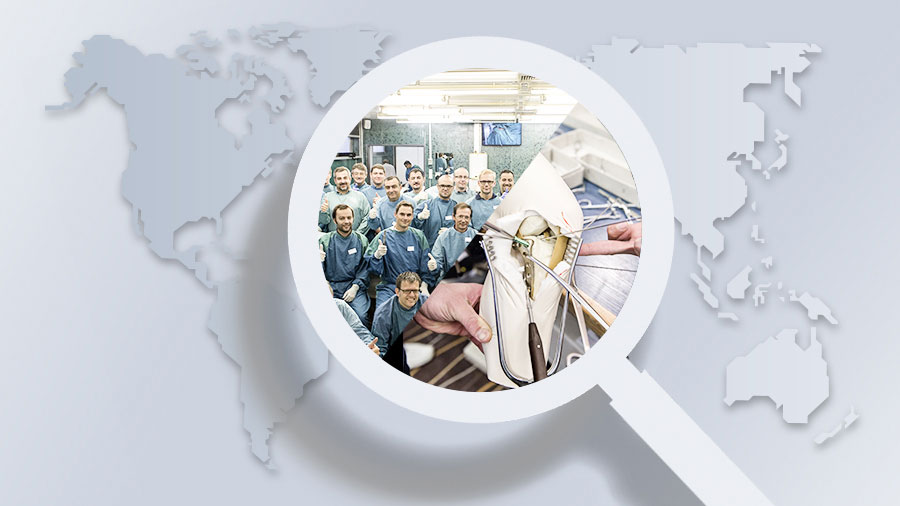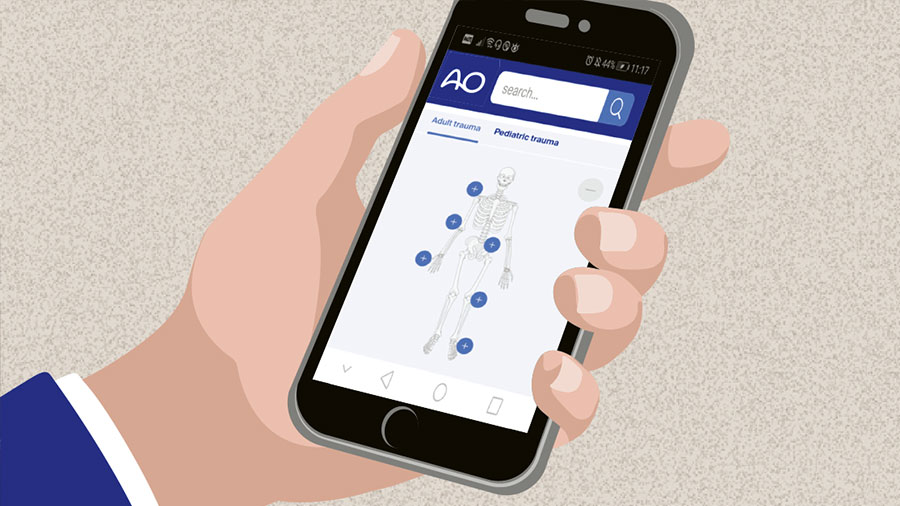Lower extremity curriculum
Lower extremity education taskforce

Lisa Blackrick (US)
Term: 2022–2027

Robinson Esteves (BR)
Term: 2022–2026

Sohail Muzammil (Pakistan)
Term: 2026–2028
Regional Program Contributors (RPCs)
Asia Pacific
Yoto Oh (Japan)
Apipop Kritsaneephaiboon (Thailand)
Europe and Southern Africa
Christian Heiss (Germany)
Igors Kolosovs (Latvia)
Middle East and Northern Africa
Wassim Aldebeyan (Saudi Arabia)
Wael Samir Osman (Egypt)
Latin America
Mariano Codesido (Argentina)
Eduardo Carrillo (Colombia)
North America
Tom Large (USA)
Christina Boulton (USA)
AO Curriculum Development Manager:
Past taskforce members
-
Past IPEs
Hiroaki Minehara (Japan), 2023–2025
Marco Berlusconi (Italy), 2019–2022
Brett Crist (USA), 2019–2021
Marinis Pirpiris (Australia), 2019–2021 -
Past RPCsJorge Velarde (Panama)
Zhou Fang (China)
Maritz Laubscher (South Africa)
Danilo Taype Zamboni (Argentina)
Hani Alsulaimany (Saudi Arabia)Muhammad Ather Siddiqi (Pakistan)
Mark Adams (USA)
Hobie Summers (USA)
Alexandre Sitnik (Belarus)
Sushrut Babhulkar (India)
Tomoyuki Noda (Japan)
Philipp Schwabe (Germany)
Cristian Barrientos (Chile)
Ralph Christian (Brazil)
Lisa Blackrick (USA)
Program description

The curriculum provides a modular framework for teaching the current management of patient problems related to trauma of the lower limb, discussed in a highly interactive setting. It covers fractures and soft-tissue injuries from the femoral head and neck to the ankle as well as joint injuries and dislocations (the acute trauma phase and the posttraumatic sequelae such as malunion, nonunion, infection, etc).
The high level of interactivity is built-in to the module structures in all of the defined educational events. A combination of evidence-based lectures, small-group case discussions, and dissection and fixation procedures on anatomical specimens will be used to deliver the content to improve knowledge and skills in the key surgical techniques and in related care for a truly hands-on experiential learning experience.
Lectures are limited and used to introduce the challenges related to each anatomical region and to establish common terminology and approaches as well as to summarize the evidence for current management. Most of the content is, however, delivered through small group discussions, where structured cases integrate the learning objectives from the curriculum. The setting at round tables provides an environment for the participants that support the development of decision-making and management skills.
Educational events defined in the curriculum:
AO Trauma Masters Course—Lower Extremity Trauma (3 days)
AO Trauma Masters Course— Femur Trauma (femoral head to distal femur, 1.5-2 days)
AO Trauma Masters Course—Trauma around the Knee (1.5-2 days)
AO Trauma Masters Course—Tibia and Fibula Trauma (plateau to pilon, 1.5-2 days)
Target audience
- Orthopedic and trauma surgeons with at least 3 years of post-residency experience who want to develop expertise in lower extremity fracture care or surgeons with many years of experience who want to update their knowledge.
- Participants should also have completed the AO Trauma Course—Advanced Principles of Fracture Management.
Resources for faculty
Already a faculty member? Explore resources supporting your teaching activities.
Resources
Courses and webinars
Explore our database and search for events on specific topics.
Competencies

The curriculum is based upon 9 competencies:
- Manage immediate problems (life- and limb-threatening issues) related to trauma of the lower limb
- Assess the patient, order imaging, and document and interpret the findings
- Make the diagnosis for fractures and associated injuries to the hip, femur, knee, tibia, and ankle
- Communicate with the patient and family/relatives
- Define a treatment plan and timing based on the options and the patient
- Anticipate, address, and avoid problems and complications (nonunion, malunion, deformity, infection, etc)
- Organize and communicate common objectives and planning with healthcare team
- Perform the operative or nonoperative procedures for metaphyseal, diaphyseal, and open fractures
- Plan immediate and long-term postoperative care, and assess outcomes
What does competency-based curriculum development mean?
Contacts

To address feedback or questions to this education taskforce, email the Curriculum Development Manager Kokeb Andenmatten.


